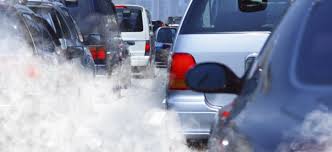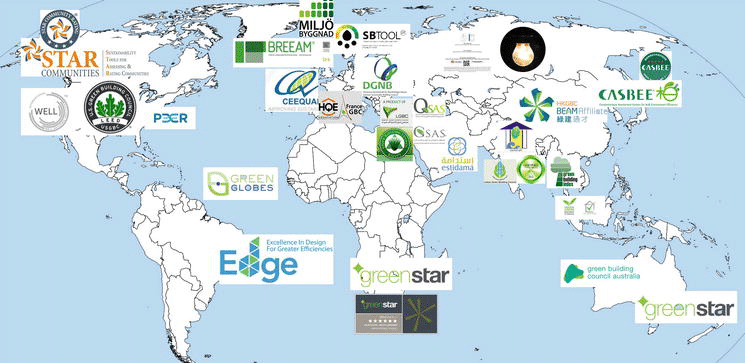Back to Climate Change Ambassador Program
We’ve come a long way from the “Tin Lizzie” Model T Ford and the rise of the “Big Three” automobile companies in the US –General Motors, Chrysler and Ford in the 1920’s. In 1913, the US produced 485,000 motor vehicles and today over 260 million cars are registered in the country. By 2016, more than 150 million Americans live in areas clogged by motor vehicle pollution (ozone, particulate matter and smog emissions) and the air does not pass federal quality standards. This results in health risks placing an increased burden on the health care system. 30,000 premature deaths can be traced to particulate matter. Carbon monoxide, nitrogen oxides and a quarter of hydrocarbons emitted come directly from these vehicles. Does this mean that our automobile industry has permanent grease on its “green hands”?
Learn more through GBRI’s new article on this topic. You may download this article on your favorite device and read on-the-go. Please don’t forget to take the quiz to earn Continuing Education (CE) credits for this article.
What You Will learn
- Understand the impact of automobiles on environmental pollution
- Identify automobile makers who have incorporated sustainability into manufacturing and business operations
- Identify and understand the strategies automobile makers are implementing for environmentally friendly driving
- Learn how automobile makers are utilizing sustainable design and operations for their facilities
- Encourage readers to think about and look at alternate transportation options










